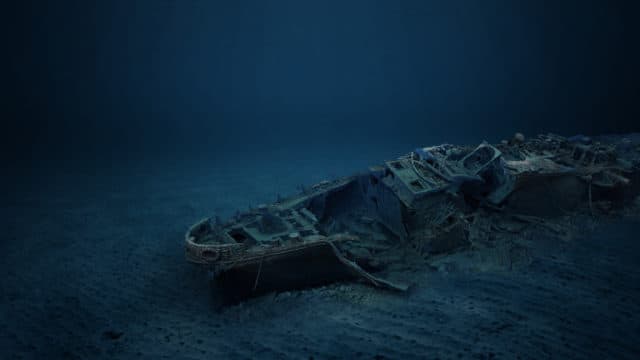HMS Southwold Bow
HMS Southwold Stern
HMS Southwold
During the Second World War Malta depended on a series of convoys carrying provisions of essential supplies such as food, fuel and ammunition. In March 1942, a convoy of four merchant vessels was escorted from Alexandria to Malta, carrying approximately 26,000 tons of relief supplies. Multiple attempts by the Italian Regia Marina to disrupt this Malta-bound convoy would become known as the Second Battle of Sirte.
HMS Southwold was a Type II Hunt-class escort-destroyer, built to counter submarine and aerial threats. It was built by J. Samuel White and Company and launched on 9 October 1941. A total of 86 Hunt-class destroyers were built, of which 72 were commissioned for the Royal Navy. The vast majority of these served in the Mediterranean between 1941 and 1945, earning a high reputation for their convoy escort duties.
In March 1942, HMS Southwold departed the port of Alexandria as part of the MW10 convoy, escorting four commissioned merchant vessels, the Breconshire, Pampas, Talabot, and Clan Campbell, to Malta. This British convoy was unable to reach the relative safety of the Grand Harbour under the cover of darkness as was initially planned, owing to several attempts by the Italian fleet to disable the convoy, leaving them exposed to intense Axis air raids on their approach to Malta. The merchant vessel Clan Campbell was sunk approximately 30km off the Maltese coast, and the fuel tanker Breconshire was left damaged off Żonqor point on the south-eastern coast, awaiting a tow into the Grand Harbour. The Pampas and Talabot entered the Grand Harbour only to be damaged by Axis bombs days later. HMS Southwold was dispatched, together with HMS Beaufort, to escort Breconshire into the harbour. Whilst attempting to pass a line to the fuel tanker in heavy weather conditions, HMS Southwold activated a mine, sustaining major structural damages and flooding the engine room. The tug Ancient was dispatched to tow the severaly damaged HMS Southwold. However, her hull split and the escort-destroyer slowly sunk on 24 March 1942. Whilst the majority of the crew were rescued, one officer and five ratings lost their lives. Only 19% of the approximately 26,000 tons of cargo carried between the four merchant vessels, actually reached Malta.
 War Grave
War Grave  Unexploded Ordinance
Unexploded Ordinance  Protected Marine Life
Protected Marine Life 
The Wreck.
HMS Southwold lies in two sections outside Marsaskala Bay. The bow section of the vessel lies on its starboard side at a depth of 65 metres. The stern of the escort-destroyer lies upright on the seabed approximately 300 metres away at a maximum depth of 72 metres. The wreck is a war grave and caution due to unexploded ordinance must be exercised.





























